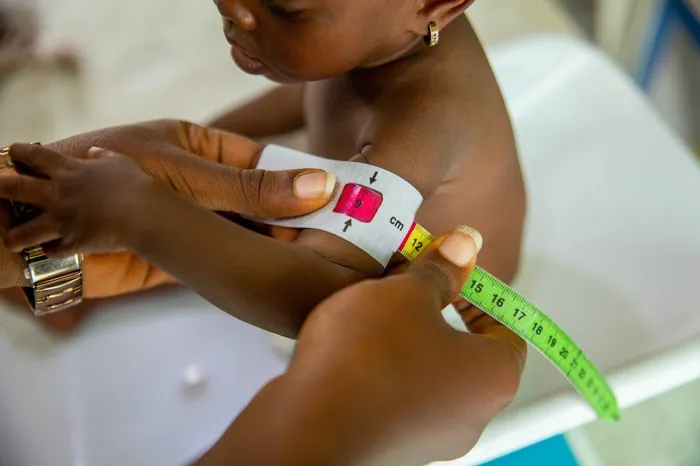Recognising the signs of childhood diabetes: a guide for parents

The seven signs of childhood diabetes
Image: Lagos Food Bank Initiative/pexels
Diabetes, a disease once predominantly associated with adults, is now impacting children at an alarming rate. As childhood obesity rates soar and lifestyles shift towards inactivity, the incidence of diabetes is on the rise, warranting urgent attention from parents and guardians alike. Murray Hewlett, CEO of Affinity Health, emphasises, “Children are being diagnosed at growing rates, and early recognition is vital. The sooner parents act on warning signs, the better the chances of preventing life-threatening complications.”
Type 1 diabetes, Diabetes occurs in two principal forms: Type 1 diabetes, where the body fails to produce adequate insulin, and Type 2 diabetes, where insulin is ineffective. Insulin is crucial for converting glucose into energy; without it, harmful glucose levels build up in the bloodstream, leading to severe health complications. In children, diabetes can escalate swiftly and dramatically, risking conditions such as diabetic ketoacidosis (DKA), which can be life-threatening if untreated.
Recognising the warning signs
Parents need to be vigilant and aware of the warning signs associated with diabetes. Here are seven critical indicators that should never be ignored:
- Excessive thirst and frequent urination: Increased thirst often signals the body's attempt to rid itself of excess sugar, resulting in persistent dehydration and frequent trips to the bathroom, even at night.
- Extreme hunger and weight loss: Despite an increased appetite, a child may experience weight loss because their body cannot effectively utilise sugar for energy, a serious sign of Type 1 diabetes.
- Fatigue and irritability: When glucose is inaccessible to cells, children may seem unusually tired or irritable, struggling to focus in school.
- Blurred vision: Elevated blood sugar can cause swelling in the eyes, leading to blurred vision. Sudden vision issues in a child should raise concern.
- Slow-healing wounds and frequent infections: Cuts and bruises that take longer to heal could indicate issues with blood sugar regulation. Children with diabetes may frequently experience skin or urinary tract infections.
- Fruity-smelling breath: A sweet, fruity odour can indicate diabetic ketoacidosis, a severe condition arising when the body breaks down fat for energy.
- Unexplained nausea, vomiting, or abdominal pain: Sudden stomach pains or vomiting without a clear cause may indicate dangerously high blood sugar levels.
The importance of early detection
In children, diabetes is manageable, but late diagnoses can lead to dire consequences. Studies indicate that many children are only diagnosed when they present at the hospital, often already in a state of diabetic ketoacidosis. Parents must not dismiss concerning symptoms as mere childhood behaviour or typical “growing pains.” A simple blood test can confirm the presence of diabetes and facilitate timely intervention.
Managing childhood diabetes
Once diagnosed, managing diabetes in children involves careful attention and support. This typically includes:
- Daily insulin injections or insulin pump therapy for Type 1 diabetes.
- Healthy eating plans combined with weight management strategies.
- Encouraging regular physical activity to enhance insulin sensitivity.
- Regular monitoring of blood glucose levels at home.
- Ongoing medical support and education for both the child and the family.
The rising challenge of Type 2 diabetes
While Type 1 diabetes is an autoimmune condition that cannot be prevented, the growing prevalence of Type 2 diabetes in children is largely attributed to lifestyle factors. Poor dietary choices, sugary beverage consumption, and physical inactivity contribute significantly to childhood obesity, a pressing concern in South Africa—where nearly 13% of children under five are classified as overweight (UNICEF). Addressing this issue necessitates a collective effort towards healthier eating habits, increased physical activity, and reduced screen time.
Communities and schools play a pivotal role in fostering an environment that encourages healthy choices among children.
As World Diabetes Day approaches, it serves as a reminder for parents and caregivers to remain attentive to the warning signs of diabetes in children. Proactive awareness can prevent life-threatening complications and ensure better long-term health outcomes. Affinity Health stands committed to supporting families through its Diabetes Management Programme, providing access to trained case managers, treatment guidance, lifestyle support, and around-the-clock telehealth GP consultations.
Related Topics: